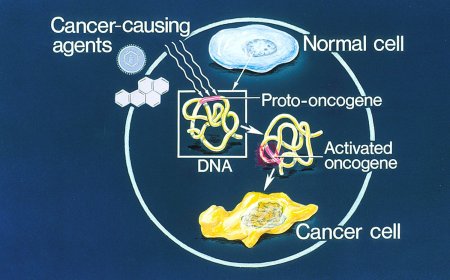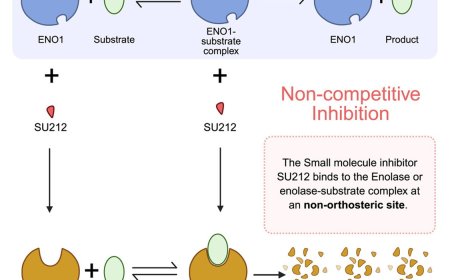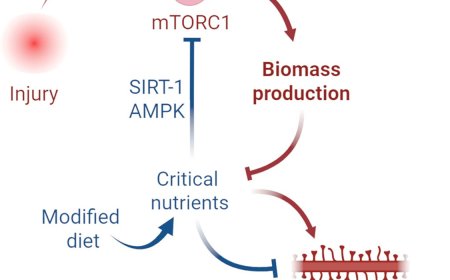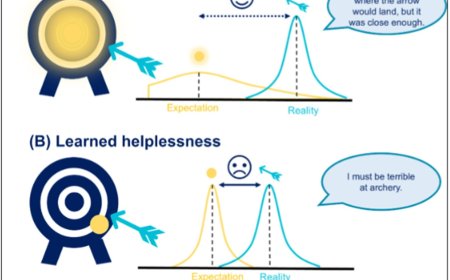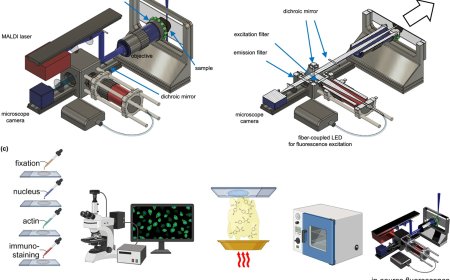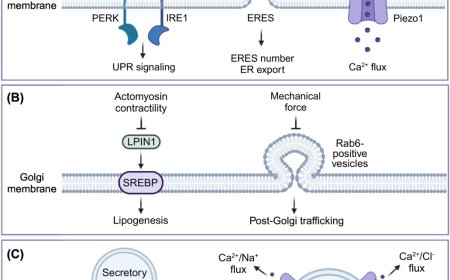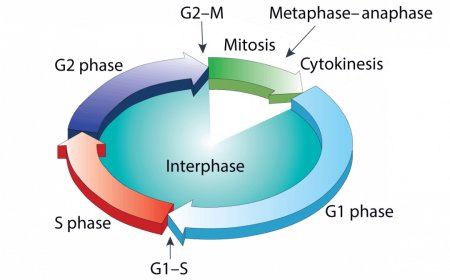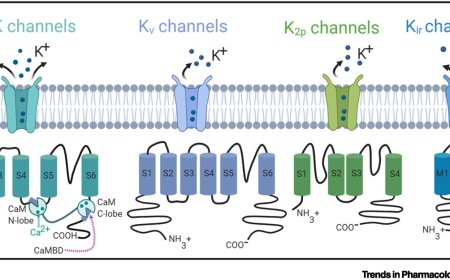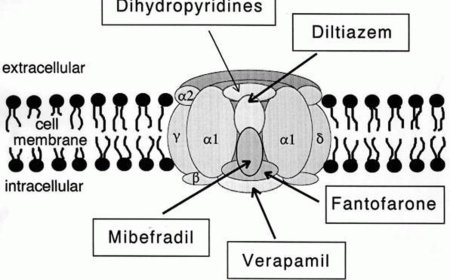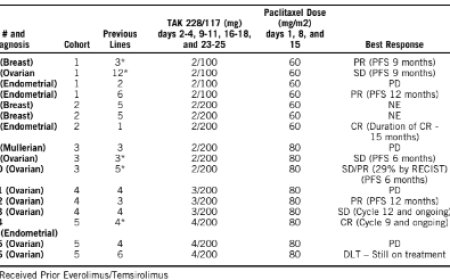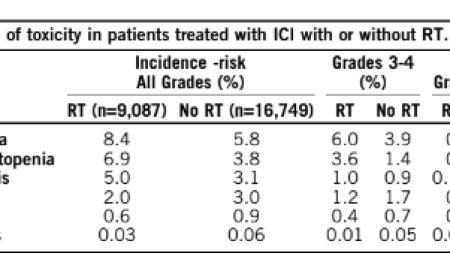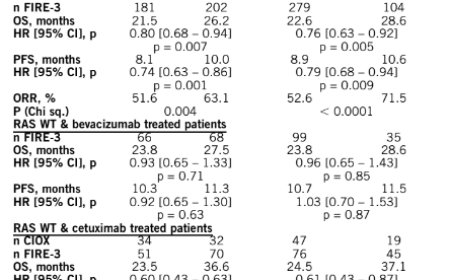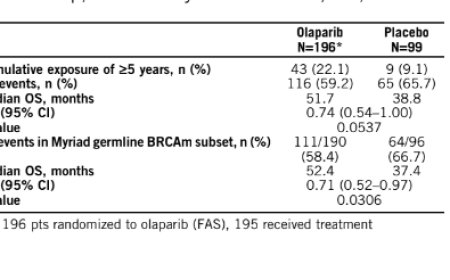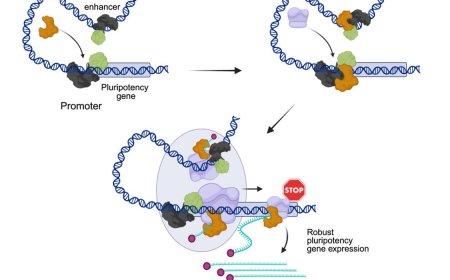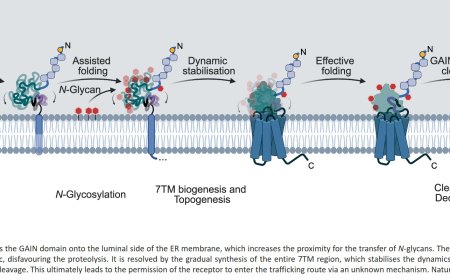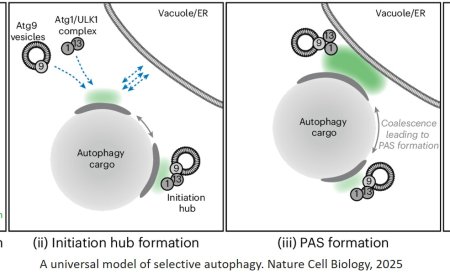Tracking material carried by extracellular vesicles (EVs)
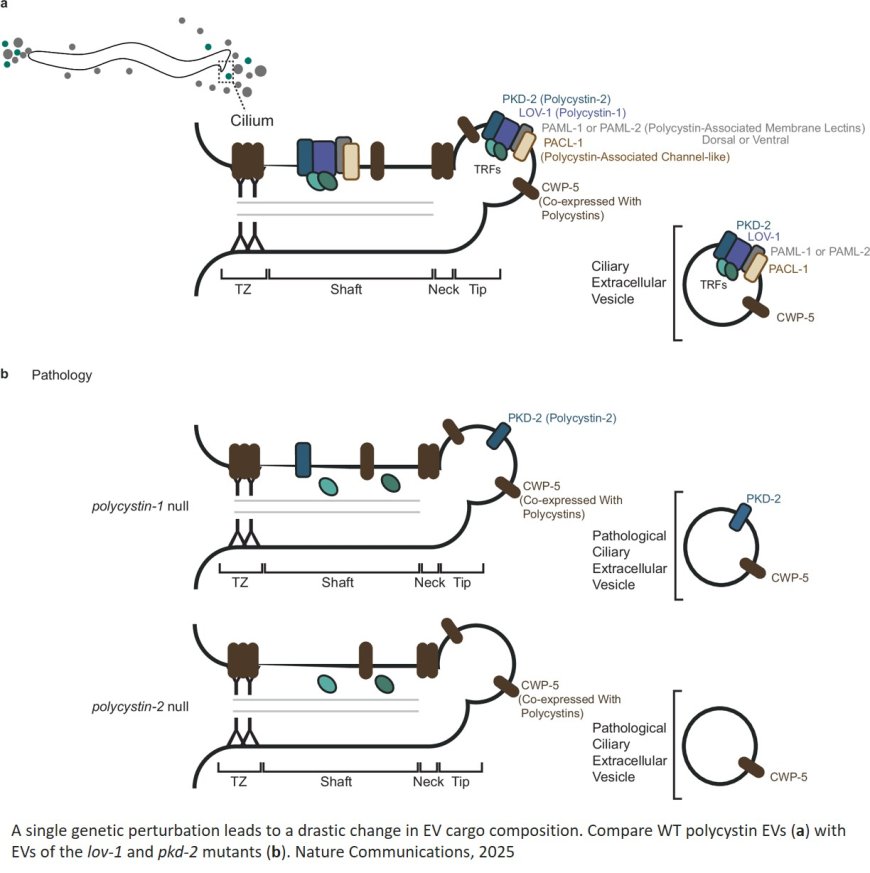
For patients with polycystic kidney disease (PKD), a common genetic disorder that ravages the waste-removing organ with cysts, dialysis and transplantation are among the only treatments.
More than 12.4 million people worldwide suffer from the dominant form of the condition. Now, geneticists have uncovered fresh details of how the disease progresses – findings that could open the door to new therapies.
In a study published in Nature Communications, the researchers report on a novel way to identify and track material carried by extracellular vesicles (EVs) – sub-microscopic communication tools shed by cells that play a key role in the development of cancers, neurodegeneration and renal diseases such as PKD.
Once considered a waste product of cells, researchers now understand the health implications of extracellular vesicles.
“Beneficial cargo within these transporters – proteins, for instance – aid in wound healing and tissue regeneration,” the author said. “But they can also function diabolically to spread toxic cargoes and act as disease mediators.”
What has been unclear is how cargoes are selected and packaged into extracellular vesicles.
To explore this mystery, the researchers zeroed in on an EV that carries PKD gene proteins and associated material. Changes to PKD proteins called polycystins are linked to disease progression.
Using findings from a previous study, the authors developed a labeling tool to track the cargo of specialized EVs in a laboratory worm called C. elegans, which has a translucent body and rapid growth cycle. By deploying a green fluorescent protein that binds to polycystin-2, the authors were able to watch the EV cargo travel through the body of the worm and map its interactions.
“Wherever the polycystins travel, you see a green light under the microscope,” the author said. “It’s like giving someone a flashlight and watching them go room to room through a dark house.”
The tracking method the authors used, known as “proximity labeling,” helped them determine the precise mechanism by which polycystins are packaged into EVs and the associated proteins that polycystins travel with throughout the body.
“We went beyond identification,” the author said.
Past studies have only named the proteins within EVs. By contrast, “We took each candidate and looked at whether it goes to vesicles with polycystins and interacts with them,” the author said.
This information could help researchers understand what is happening within cells with missing polycystin proteins, essential knowledge for finding ways to cure polycystic kidney disease or slow its progression, the author said.
